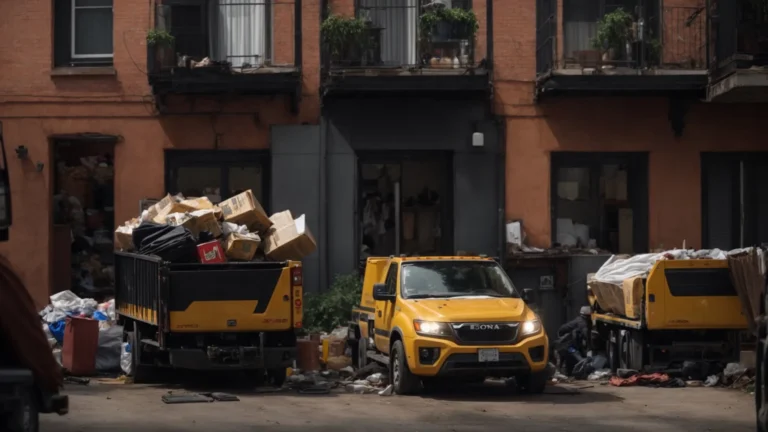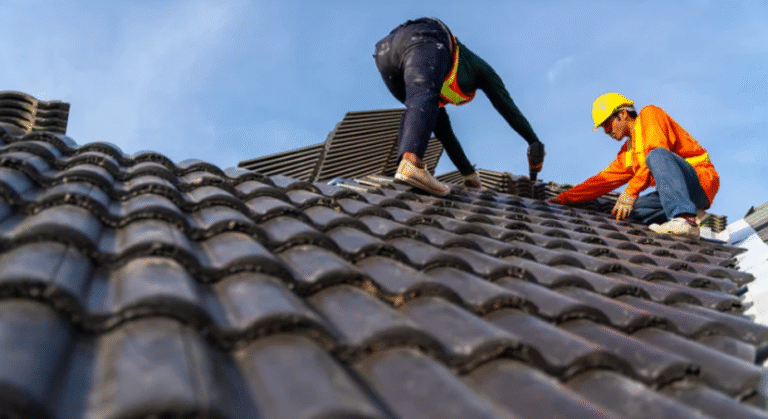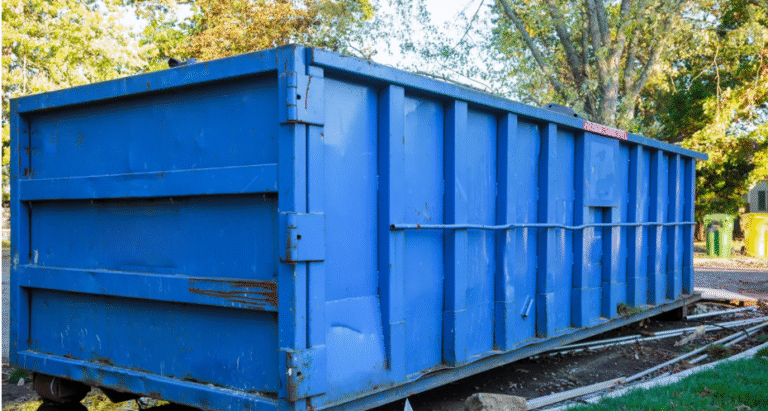Why Screened Topsoil is the Best Choice for Planting and Sodding
When it comes to successful landscaping, healthy soil is non-negotiable. Whether you’re planting a new garden or laying fresh sod, starting with the right material can drastically affect your results. That’s why many professionals rely on a trusted topsoil supplier for screened topsoil, an option that offers uniformity, fewer contaminants, and better drainage for roots to thrive. Its consistency ensures predictable results, saving both time and rework during installation.
What Sets Screened Topsoil Apart?
Screened topsoil is processed through a mesh to remove rocks, debris, and large clumps. This creates a fine, workable texture that improves contact between roots and soil. It also allows for more consistent nutrient distribution and reduces air pockets when sod or seed is installed.
One major distinction landscapers consider is the difference between topsoil and fill dirt, especially when the project involves root establishment and plant growth. Fill dirt may be cheaper, but it lacks the organic matter and structure necessary for vegetation. Screened topsoil, in contrast, is enriched with organic content that supports microbial activity and long-term plant health.
Ideal for Sod Installation and Lawn Renovation
Sodding requires an even, nutrient-rich foundation to support fast rooting. Screened topsoil not only levels the area more effectively but also holds moisture without becoming compacted. This balance makes it easier for newly installed sod to anchor and flourish.
Professionals often apply 2 to 4 inches of screened topsoil before sod installation. Its fine consistency minimizes gaps between the soil and sod, ensuring quicker establishment. The absence of large debris also prevents root interference and promotes smoother grading.
Enhanced Drainage and Soil Structure
Good drainage is essential for plant vitality, especially in clay-heavy regions. Screened topsoil improves aeration and permeability, allowing excess water to drain while retaining enough moisture for root uptake.
It also integrates well with existing soil layers, minimizing erosion and promoting stronger plant resilience. For large-scale yard renovations or new plant beds, it’s essential to understand the steps to prepare your yard for topsoil delivery to avoid compaction or layering errors during application.
Reliable Results for Professional Landscapes
Landscaping projects, especially those involving turf or ornamental beds, demand reliability. Screened topsoil offers a consistent medium that reduces surprises. Whether you’re preparing for sod, seeding a lawn, or building a flower bed, the uniform composition of screened topsoil supports even germination and stronger growth.
Its compatibility with fertilizers, compost, and other soil amendments also allows for tailored soil conditioning depending on the plant material and site requirements.
Conclusion
Screened topsoil is the clear choice for professionals looking to optimize plant health and landscape performance. From smoother installations to better root development, it provides the foundation necessary for long-lasting success. Whether you’re tackling a full yard renovation or a focused planting zone, investing in the right soil from the start delivers measurable results above the surface and below. Its consistent texture, superior drainage, and organic richness make it an indispensable material for any serious landscaping project. Choose wisely, and your soil will do the hard work for years to come.






